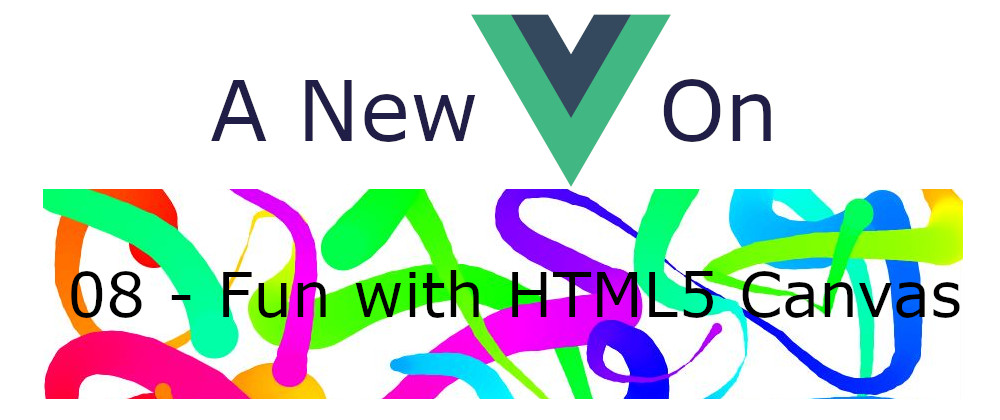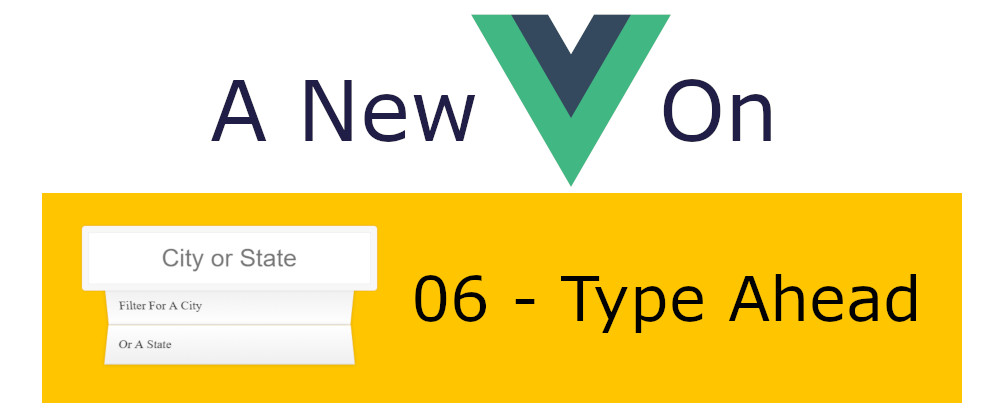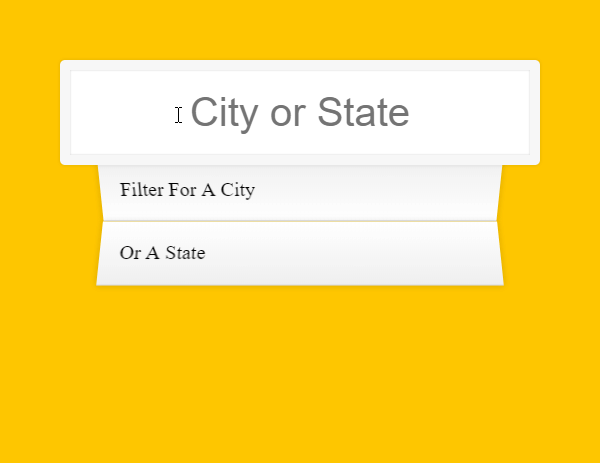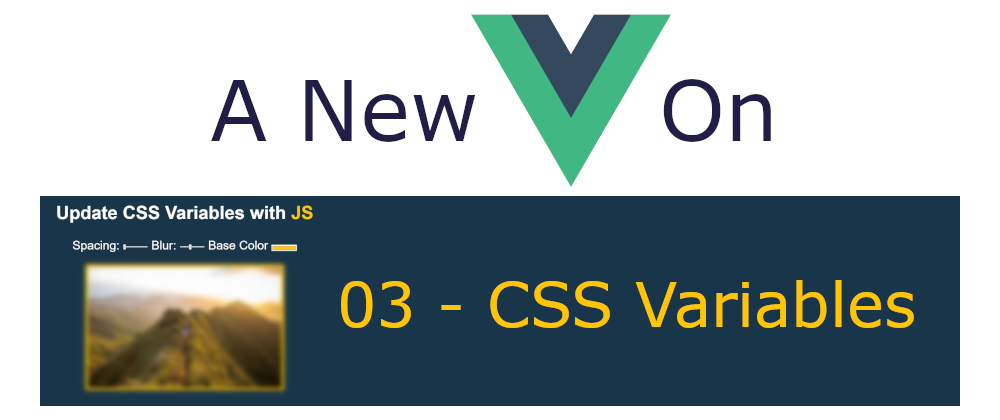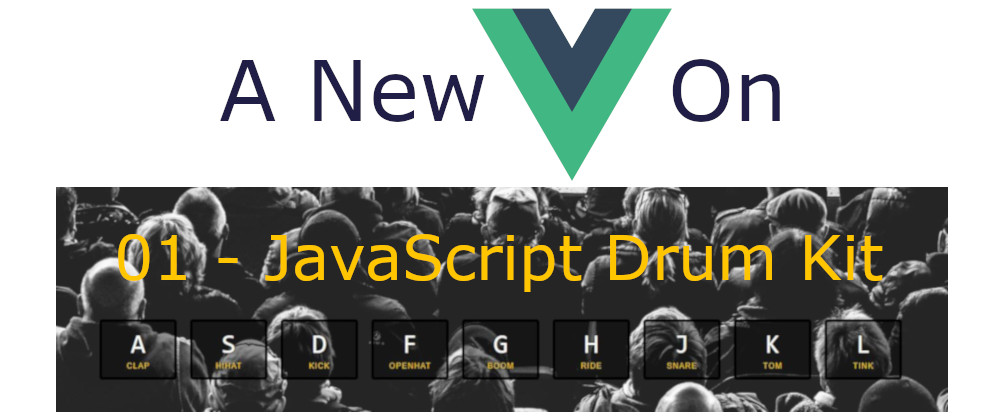
2018 was my first experience with Advent of Code. It sounded like Codewars, so I jumped right in. Wow, I was really impressed. Not only were the puzzles fun, but I really like these aspects as well:
- Most of the data sets are large, your algorithms and data structures matter. With modern computing, it can be easy to skip or not be worth the time to optimize code. But this doesn’t mean we shouldn’t practice it and the Advent of Code puzzles tend to put you into situations where it’s necessary to do so.
- The puzzle descriptions can be long and contain lots of details not necessary to solve the puzzle. Some folks don’t like this but I do. Raise your hand ✋ if you have been given a vaguely worded specification that you have to comb through to find the real requirements. Like it or not, some degree of detective 🕵️ work is part of a software developer’s job.
- Each day’s part 2 puzzle provides a twist on the part 1 puzzle. Sometimes its a small adjustment to solve part 2, but sometimes it’s a near rewrite. Though making a major change can be frustrating, this frequently happens for software applications whether it be the customer changing their mind or through the addition of new features.



